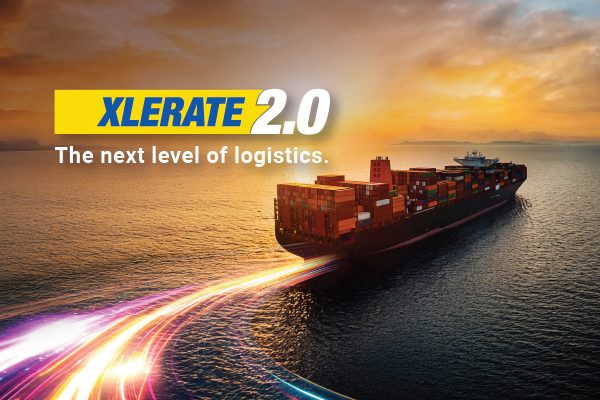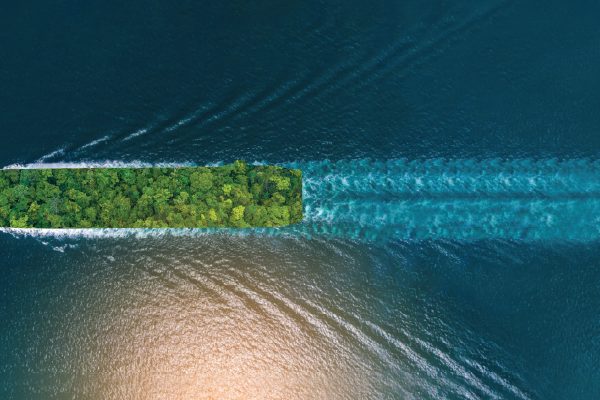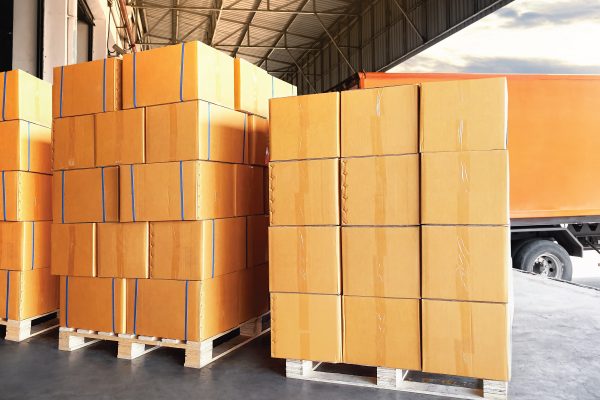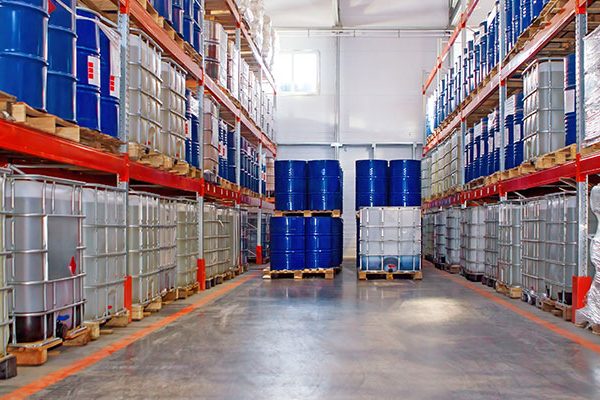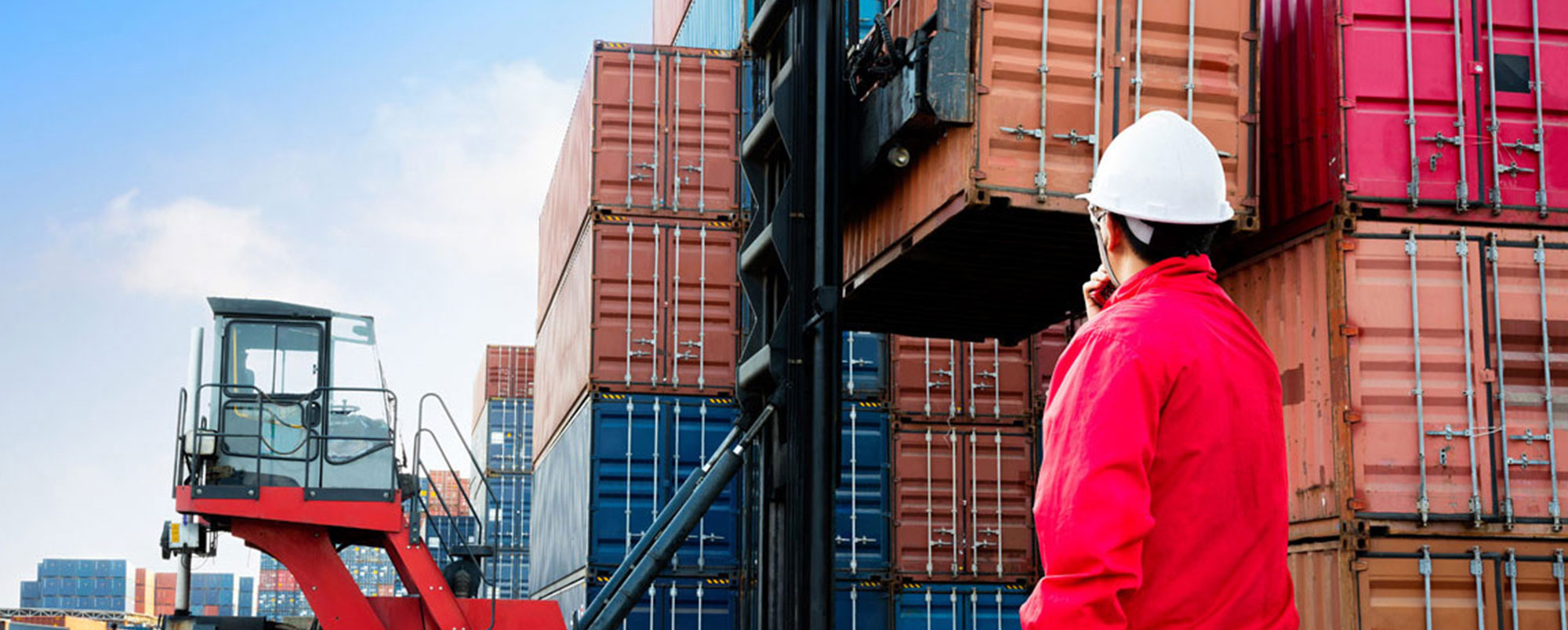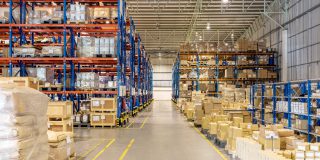Reshaping Shipping Ships are growing in size to yield greater economies of scale and ports across the world are keeping pace to ensure smooth movement of the container traffic
Trade is rising and trade lines are being redrawn. Even as the World Trade Organization (WTO) has registered hundreds of new regional trade agreements over the years, the size, volume and frequency of sailing containers and ships also increased manifold, necessitating the creation of increased capacities and new ports to handle the movements.
Today, vessels with over 10,000 TEU capacities comprise over 80% of the global fleet and a clutch of major ports in key regions across the globe are anchoring world trade. With technical advancements, ships are growing in size to yield greater economies of scale, and the ship ports are keeping pace to ensure smooth movement.
A report by IHS Markit, a global leader in information and analysis, notes that between 2014 and 2016, the percentage of vessels larger than 10,000 TEU capacity calling at the world’s top-30 ports rose from 11 per cent to 17 per cent.
Tipping the scales
It is envisaged that some of the large container ships can carry about 20,000 TEUs. The shipping industry envisions container ships that can transport up to 50,000 containers, with the volume of container trade growing manifold over the next few decades. The changing nature of container movements is also changing the shape of the routes and ports. Even after a $5 billion expansion, the Panama Canal can handle only vessels with a carrying capacity of about 14,000 containers. With conventional routes and ports of call facing limitations, the need of the hour is to create new channels and new ports to handle the trade traffic. Meeting this emerging need of the shipping industry are the world’s emerging ports.
Future-ready ports
We take a look at key ports in the four major regions that dominate world trade – the US with the Pacific and Atlantic oceans on its sides, Latin America, Africa and Asia.
The burgeoning economy of the US has led to the emergence of several ports including Oakland, Philadelphia and Houston. In Latin America, it is Acu in Brazil, in Africa it is Durban, and in Asia the rapidly emerging ports including Mundra in India and Melaka in Malaysia. Down under in Australia, there is Darwin.
The US itself has dozens of emerging ports that are rapidly transforming the scenario, both along the west and east coast. One of the key players emerging on the global logistics scenario is Oakland in California, which recently got approval for a 170-acre seaport logistics complex. Oakland of course faces severe competition from two of America’s busiest ports — Los Angeles and Long Beach, both in California — but it is gradually picking up new business.
On the eastern side of the US, Philadelphia is emerging as a significant port, though the busiest ones are New York/New Jersey, Baltimore and Savannah. Pennsylvania is investing $300 million in the Port of Philadelphia to boost its future growth.
Another strong contender is Houston; thanks to its access to Mexico and Latin America, it has seen an upsurge in business — a 20 per cent increase in loaded container units and a 26 per cent rise in imported steel tonnage.
In South America, Acu port in Brazil is emerging as a super-port, and features a state-of-the-art highway, pipeline and conveyor-belt capacity to ensure the transfer of raw materials onto ships heading to China.
Durban in South Africa is another port that is witnessing rapid expansion. The government is ploughing huge funds into boosting the port’s capacity. The port provides easy connectivity to half-a-dozen landlocked countries in southern Africa including Botswana, Malawi, Zambia, Lesotho, Swaziland and Zimbabwe.
Anchoring India’s aspirations
In India, traditionally the west coast has been the most buoyant, attracting a lot of global trade. Jawaharlal Nehru Port Trust in Mumbai is one of the busiest, but several new private ones are emerging along the west coast.
The fastest growing port is Mundra in Gujarat, which is also one of the largest non-government-owned cargo terminals. A new container terminal at Mundra is on the anvil.
The phenomenal increase in India’s international trade is boosting the prospects of ports such as Mundra. Indeed, with the world’s fastest-growing large economy continuing to expand its overseas trade, there is need for more such ports along both coasts to decongest the traditional ones, which are unable to expand further.
One of the most significant projects in South East Asia is the Melaka Gateway project in Malaysia, where a new deep-sea port is being developed jointly by local and Chinese firms. The port, just 200 km from Singapore, is located in Melaka state.
Darwin Marine Supply Base in Australia and Tromso Port in Norway are emerging ports that aim to service the oil and gas industry.




